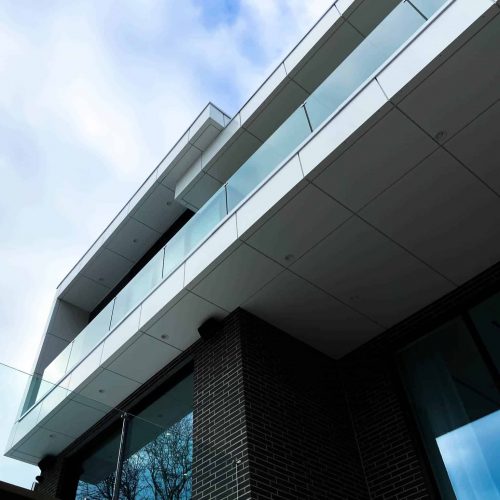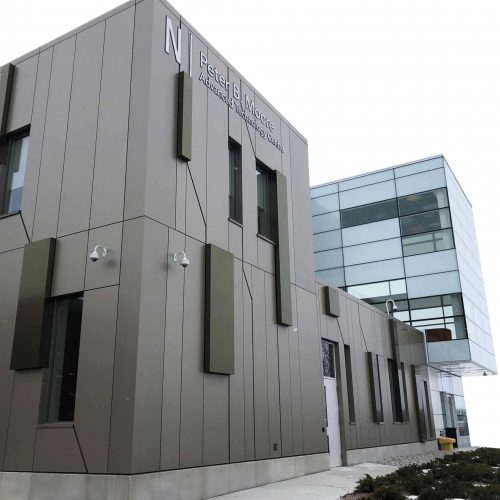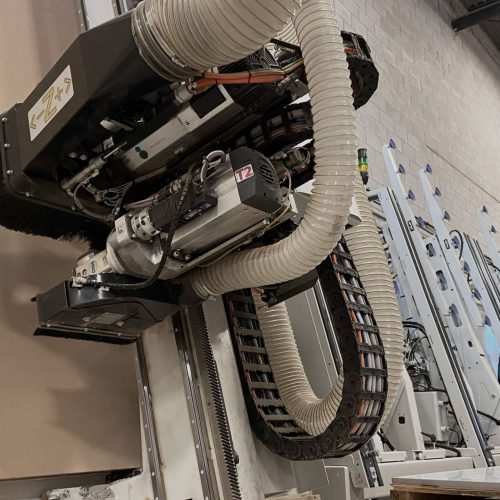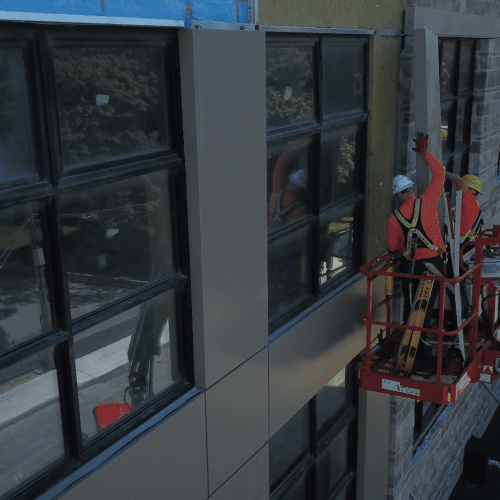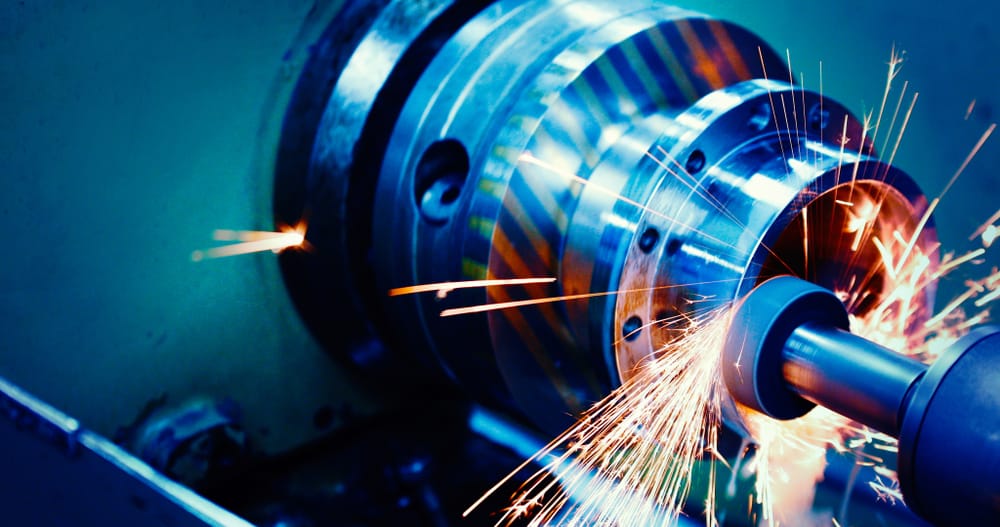CNC machining has become one of the most popular methods for producing metal parts in recent years due to its accuracy and efficiency. It is important to understand the characteristics and capabilities of CNC machining to make the most out of it, however.
That’s where we come in. This guide provides an introduction to CNC machining and cutting including information on the basic principles behind them, their applications, and everything else you need to know about this exciting, innovative process! Let’s get started.
What is CNC Machining, and How Does it Work?
CNC stands for computer numerical control, which is a pretty straightforward description of what this process entails. Essentially, it involves using computer technology to guide machine tools through various tasks to create items with the desired dimensions and specifications. The computer acts as an intermediary between the project being worked on and the machine tools in question, translating the instructions into a format that can be understood by the latter.
There are two main types of CNC machining: milling and turning. Milling involves using a rotating cutter to remove material from a workpiece while turning uses a tool called a lathe to shape it. These processes rely on a series of coordinates inputted into the computer to control the movement of the tools.
The process begins with a CAD (computer-aided design) file being created. This is essentially a blueprint or schematic of the project that is to be machined. Using this file, the computer can generate toolpaths that tell the machine what raw materials to use and manipulate them to form the desired item. The computer is also used to control all aspects of this process, from instructing the tools on when they need additional material or have too much not to break them, determining speeds and feeds for various operations, and monitoring the entire process to ensure accuracy.
Which Components Move During CNC Machining?
As you can imagine, the toolpaths generated by a computer depend on which machine tools are being used. The primary components that move during machining operations include:
- Spindles – This is what rotates and moves along its axis to perform turning or milling tasks
- Turrets – These rotating disks hold the tools used for machining and can be moved to different positions as needed
- Carriages – These slides along the x and y axes to provide movement in those directions
What is CNC Machining Technology?
We’ve gone over what CNC machining itself is, but what about the technology behind it? Essentially, this is the software used to control CNC machine tools. It uses CAD models and G-code (the language of CNC machines) to generate toolpaths that will guide a cutting or milling head through various tasks, which are then converted into electrical signals for use by the machine.
What is CNC Cutting?
CNC cutting is a manufacturing process that involves using CNC machine tools to create various items with the desired specifications. It can be used on many different materials including wood, plastic, and metal. This method provides increased precision over other methods due to its greater accuracy and efficiency.
How to Cut Left-Hand Thread on a CNC Lathe
Every time you turn on a left-hand (LH) thread, it is in an anti-clockwise motion. If you want to cut LH on a lathe machine, all that has to be done is change the direction of feeds and speeds in the program and make sure that you are using an LH threading tool.
Can a CNC Router Cut Steel?
Yes, a CNC router can cut steel. However, it is important to note that the type of steel cut will affect the results. For example, harder steels may require slower speeds and higher feeds than softer alternatives to avoid breaking the tooling or causing other damage.
Benefits of CNC Machining
There are several benefits to using CNC-machined parts. The first is precision, as the computer-controlled movement of the tools leads to more accurate results than can be achieved with other methods. Efficiency is another benefit, as CNC machining is a highly automated process that can produce parts quickly and accurately. Lastly, there’s versatility; the range of materials that can be machined using CNC technology is vast, making it suitable for a wide variety of applications.
Applications of CNC Machining
CNC machining is used in various industries, including automotive, aerospace, defense, and medical. Some specific applications include:
- Part fabrication – CNC machines can create parts from raw materials according to a CAD file, making it ideal for producing complex or customized items.
- Milling – This type of machining is used to create features or remove material from a workpiece.
- Turning – This process produces cylindrical parts with a rotary motion.
- Drilling – This operation uses a rotating drill bit to create holes in a workpiece.
CNC machining is a process that can produce complex parts quickly and with enhanced precision. However, this is only possible if you work with professional engineers and technicians who specialize in this type of technology. Alumax Panel (TMM/Alumax) is a company that can provide you with everything you need to get the most out of your CNC machining needs. Contact us today for more information!

